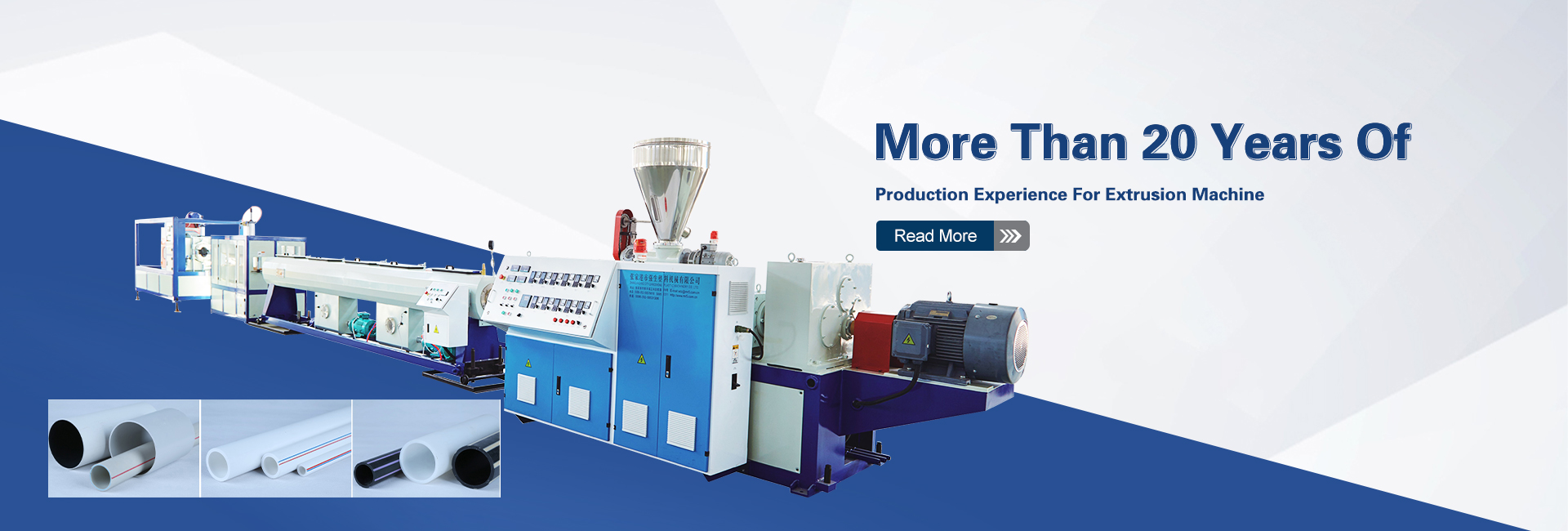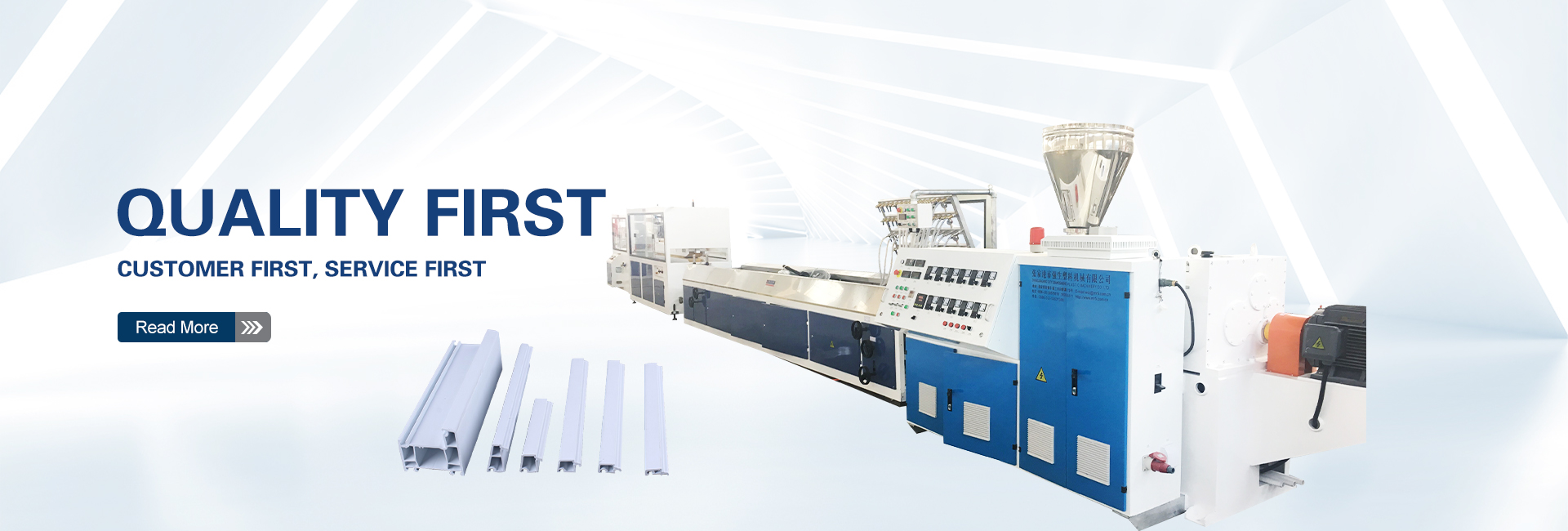In the realm of plastic extrusion, the spotlight often falls on the extruder itself, the workhorse that transforms raw materials into a diverse array of products. However, behind the scenes, a team of auxiliary devices plays a crucial role in ensuring smooth, efficient, and high-quality production. These unsung heroes, often overlooked, deserve recognition for their contributions to the extrusion process.
Calibration Devices: Straightening the Path to Perfection
One of the most common defects in extruded plastic products is eccentricity, where the core is not centered within the insulation or jacket. This misalignment can lead to electrical hazards and performance issues. To combat this problem, calibration devices are employed to straighten the core wire before it enters the extrusion process.
Common types of calibration devices include:
- Roller type: These devices use a series of rollers, either arranged horizontally or vertically, to gently guide the core wire and correct any misalignment.
- Sheave type: Employing a single sheave or a group of sheaves, these devices apply pressure to the core wire, forcing it to conform to a straight path.
- Capstan type: Combining the functions of pulling, straightening, and maintaining consistent tension, capstan devices play a versatile role in the extrusion process.
- Wheel type: Similar to roller type devices, wheel type calibrators use wheels to guide and straighten the core wire.
Preheating Devices: Setting the Stage for Optimal Extrusion
Preheating the core wire is an essential step in both insulation and jacketing extrusion. For thin insulation layers, it is crucial to eliminate any moisture or contaminants on the wire’s surface to prevent air pockets from forming during the extrusion process. In jacketing applications, preheating serves to dry the core wire and minimize the risk of moisture-induced air pockets in the jacket.
Preheating also helps to prevent internal pressure buildup within the extruded plastic due to rapid cooling. By gradually raising the core wire’s temperature to match the extruder head temperature, preheating eliminates the thermal shock that can lead to pressure fluctuations and inconsistent extrusion quality.
Electric resistance heating is the most common method for preheating core wires in extrusion lines. The preheating device should have sufficient capacity to ensure rapid temperature rise and efficient preheating. The preheating temperature is typically set close to the extruder head temperature, dictated by the line speed.
Cooling Devices: Locking in Quality and Shape
As the extruded plastic profile emerges from the extruder head, it must be cooled rapidly to prevent deformation caused by gravity. Water cooling is the most prevalent method, and the temperature of the water determines whether the cooling process is classified as rapid or slow.
Rapid cooling, achieved with cold water, is advantageous for setting the shape of the extruded profile. However, for crystalline polymers, rapid cooling can induce internal stresses within the profile, leading to potential cracking during use. PVC plastic profiles, for instance, are typically subjected to rapid cooling.
Slow cooling, on the other hand, aims to minimize internal stresses in the extruded product. By using a series of water baths with progressively decreasing temperatures, the profile is gradually cooled to its final form. This method is preferred for polyethylene (PE) and polypropylene (PP) extrusions.
Conclusion: The Symphony of Extrusion
Plastic extruders, while undoubtedly the stars of the extrusion process, cannot achieve their full potential without the support of their auxiliary companions. Calibration devices ensure the core wire’s alignment, preheating devices prepare the core for optimal extrusion, and cooling devices lock in the product’s quality and shape.
By understanding the roles and functions of these auxiliary devices, we gain a deeper appreciation for the intricate interplay of components that make plastic extrusion a success. These unsung heroes, often operating in the background, deserve recognition for their contributions to the production of high-quality plastic products.
In the world of plastic extrusion process, attention to detail is paramount. By employing the right auxiliary devices and following established procedures, manufacturers can ensure that their plastic extruder machine operates at peak efficiency, producing plastic profile extrusion products that meet the highest standards of quality and consistency.
Remember, plastic extruder maintenance is an ongoing process, and regular inspections, timely maintenance, and preventative measures can significantly extend the lifespan of these crucial components, safeguarding the investment in plastic profile extrusion lines.
Post time: Jun-06-2024



